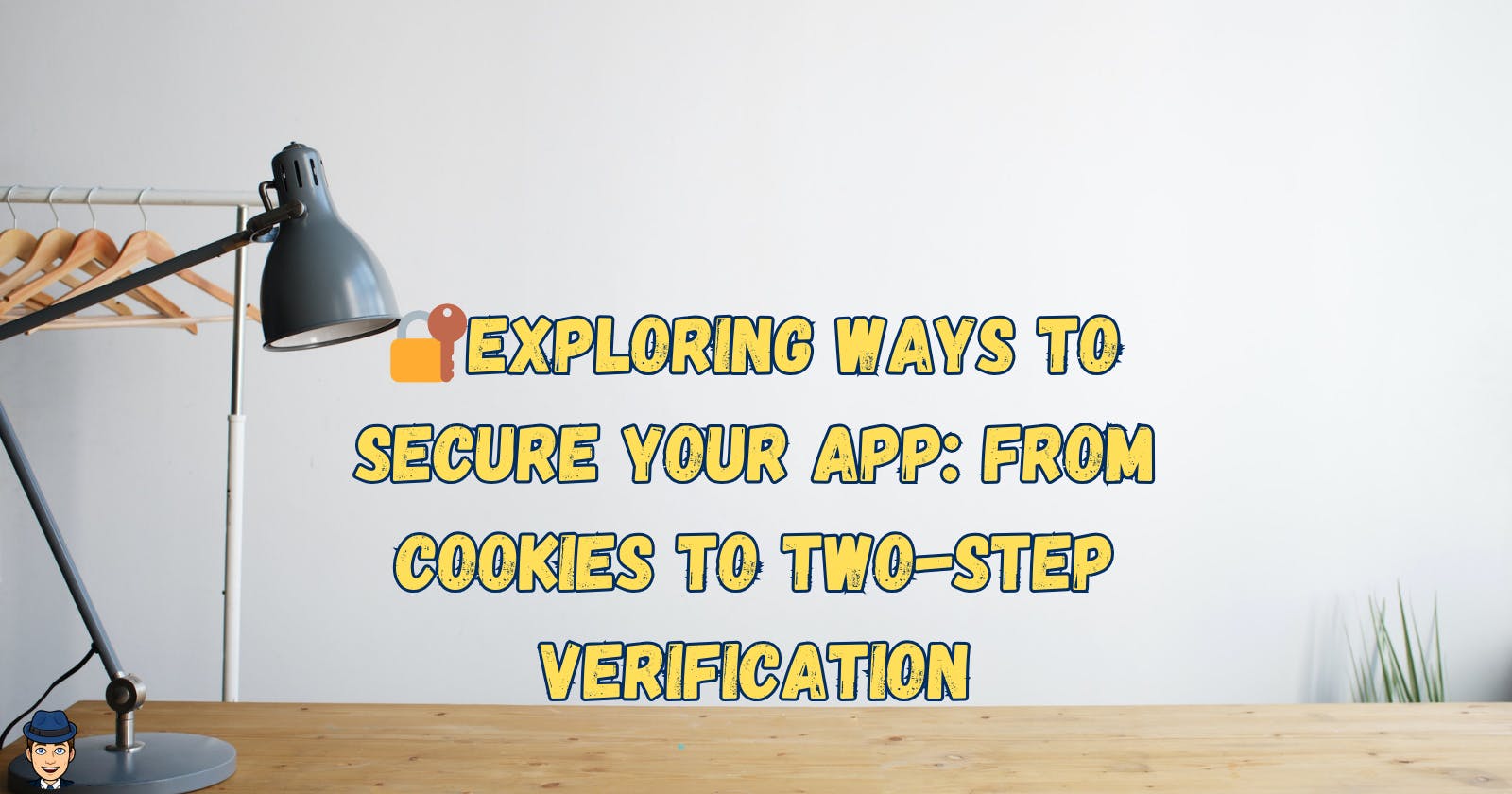Back again with a new blog post. The idea for this post came very spontaneously. I'm currently investing a lot of time in my new development project, and I came up with the question of how to further secure the application.
As a solution to this issue, quite a few options were available. About each option, I will present what disadvantages it brings and what advantages it brings.
Cookies
Cookies are a very simple and common option for detecting whether a specific user has already logged in to a specific browser on a specific device.
However, cookies expire or are deleted by the user, based on which we cannot know without a doubt whether the user's identification information is still valid. In addition, cookies may also be subject to attacks such as identity theft or cookie spoofing.
IP addresses
Another way to detect devices is through IP addresses. Each device has its unique IP address that can be used for identification, but this only applies to private IP addresses.
However, the use of IP addresses may be restricted due to the use of VPN servers or proxy servers, which may hide the user's real IP address. In addition, multiple users can access the Internet through the same IP address, which can cause identity confusion.

Use of browser fingerprints
Browser fingerprints are based on collecting information about browser configuration and user behaviour, such as browser versions, operating systems, installed plugins, etc.
This method can be very accurate in identifying a device, but users may be aware of their fingerprints and consciously alter or hide them, reducing the effectiveness of this method. However, in my opinion, one of the better ways of detection.
Two-step or multistep authentication
Two-step or multistep authentication (2FA or MFA) is a process that requires the user to provide an additional form of verification in addition to the normal password, for example via an SMS message, an authentication application or a physical security key.

This method provides an additional layer of security. It can prevent unauthorized access to the account but can also cause a bit more complexity for users and hinder them from accessing the application quickly.
Conclusion
Which method is most appropriate depends on the specific needs and requirements of the application and the compromise between security and user experience. It is also important to take into account any legal requirements or regulations that determine methods of protecting user data.

